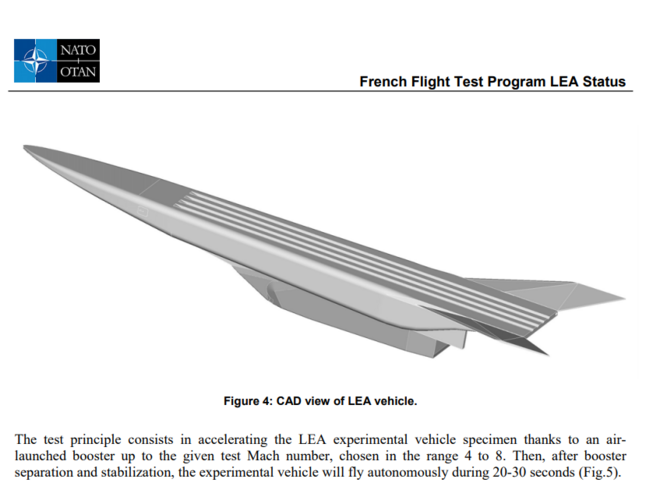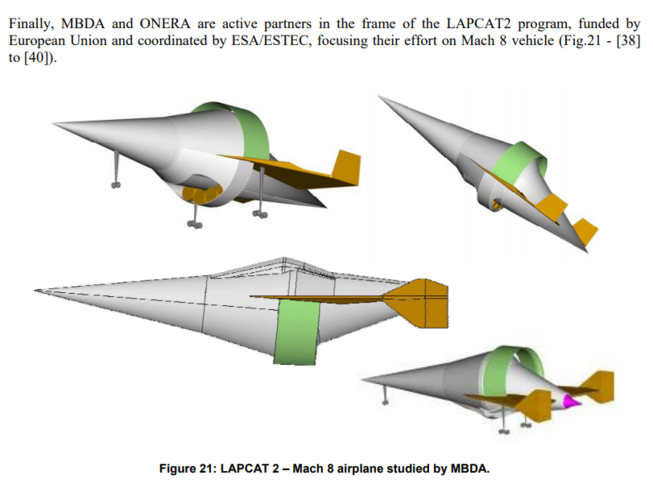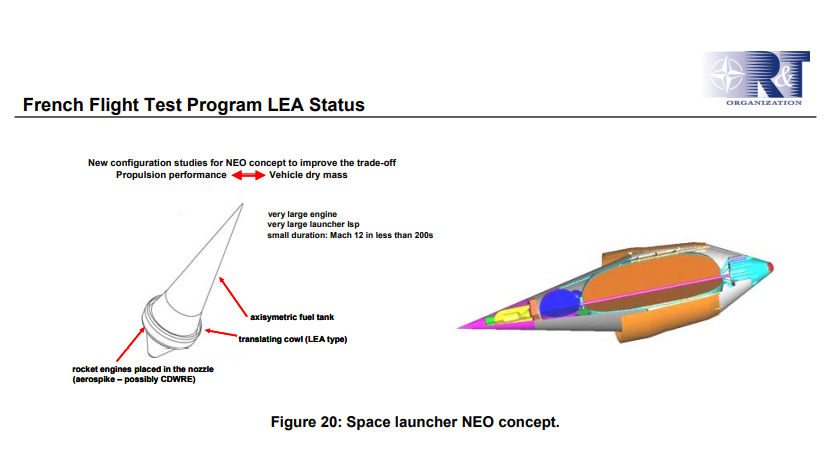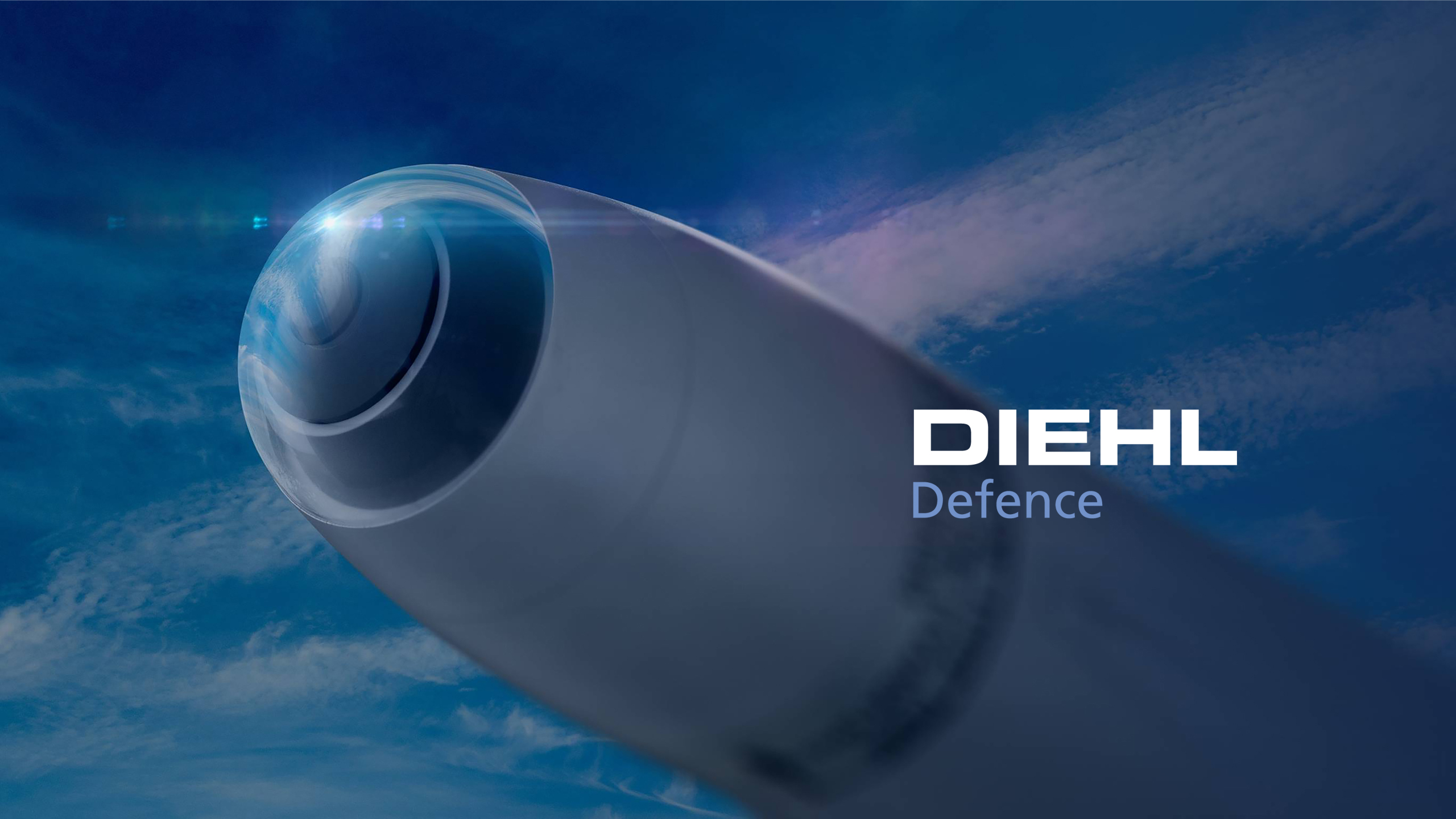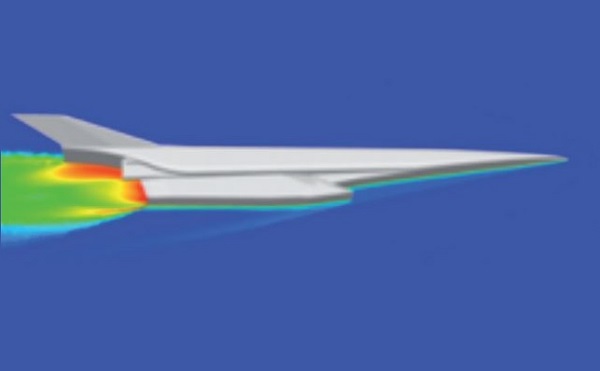There seems to be a pick up in the work happening around here so I think it deserves its own thread at this stage
 aviationweek.com
.
aviationweek.com
.
Air-Breathing, High-Speed Propulsion To Make 2021 Comeback | Aviation Week Network
A return of scramjet and solid-fuel ramjet investment signals a shift in global hypersonic weapon priorities.
In Europe, Norway appears to be taking an early lead in high-speed/-hypersonic missile development, building off joint work with the U.S. on the Tactical High-Speed Offensive Ramjet for Extended Range (THOR-ER) Allied Prototyping Initiative demonstration program.
Nammo also is progressing with its proposed ramjet-powered artillery shell, which it unveiled in conjunction with Boeing in 2019. Nammo plans to have the round on the market for 2023-24, ready for use in Norway’s new K9 Vidar self-propelled artillery.
France is following closely behind with hypersonic efforts associated with enhancing its air- and sea-launched deterrent. The first likely to deliver results is the V-MAX Experimental Maneuvering Vehicle, which is expected to undertake a first flight during 2021. ArianeGroup is apparently the lead company for the project.
Secrecy continues to surround developments for the ASN4G, the weapon that is scheduled to replace the nuclear-armed ASMP-A air-launched missile in the deterrent mission beginning in 2035. Budget documents published in October show France is spending €1 billion ($1.2 billion) on modernization of the deterrent with the ASN4G expected to take a substantial chunk of the money.
Officials say they are looking for a balanced improvement on range and speed over the ASMP-A but note the future weapon still will need to be compatible with the Dassault Rafale, which will be the primary carrier aircraft until at least 2040.
France also is leading pan-European efforts with Finland, Italy, Netherlands and Spain to hammer out requirements for a missile-defense capability that could provide intercepts of hypersonic and supersonic cruise missiles under the Timely Warning and Interception with Space-based TheatER (Twister) initiative.
Across the English Channel, decades of hypersonic missile research may be poised to bear fruit. Ongoing studies by the UK Defense Ministry with France to replace the Exocet and Harpoon with a high-speed anti-ship missile by the late-2020s offer an opportunity to consider hypersonic options.


